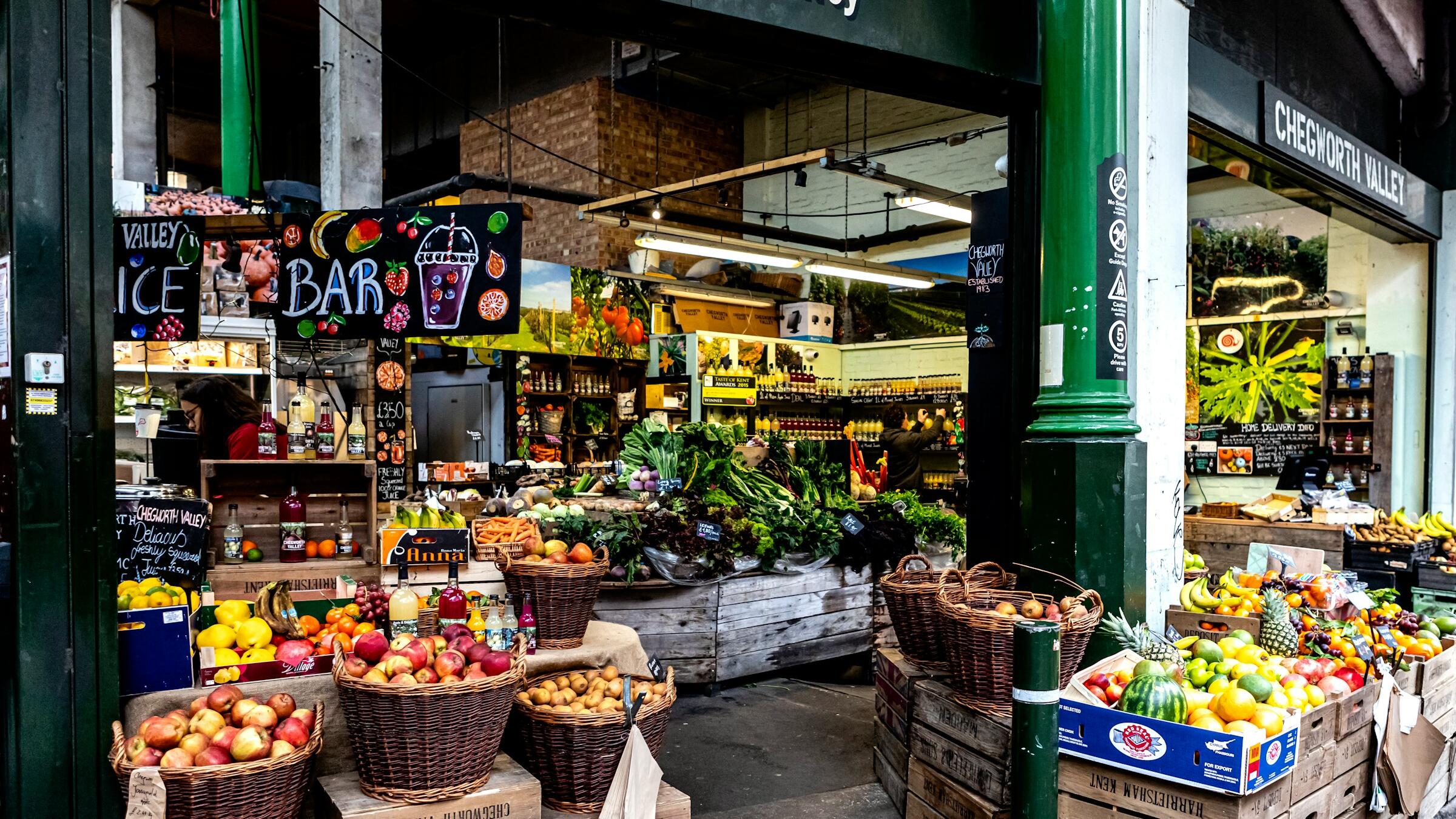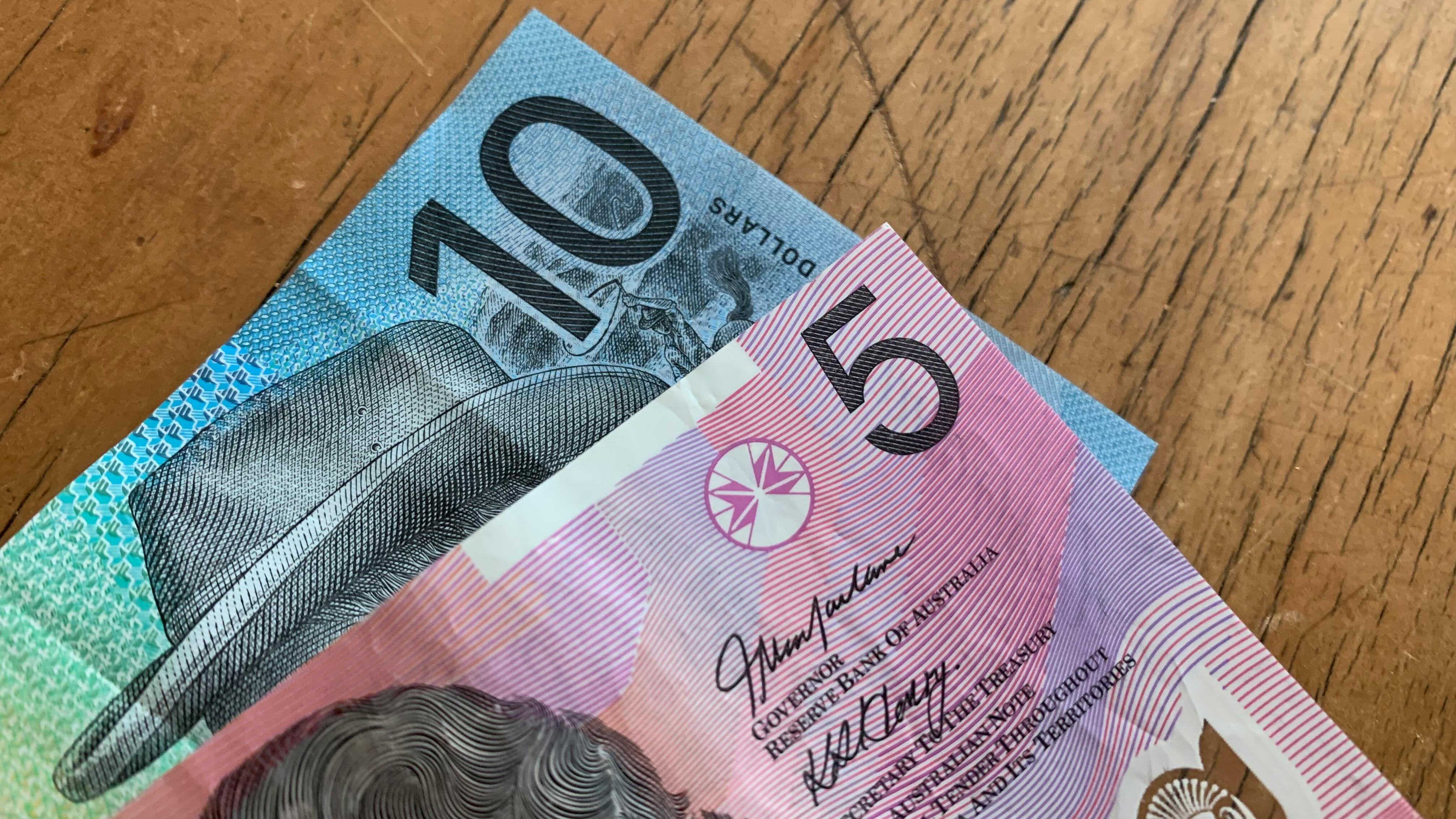
US inflation cools in Nov; data gaps cloud outlook

United States consumer inflation slowed more than expected in the year to November, with the data distorted by gaps caused by a prolonged federal government shutdown, complicating the outlook for policymakers. Fresh data from the Bureau of Labor Statistics (BLS) showed the consumer price index (CPI) rising 2.7% on a year-on-year basis in November, below market expectations for a 3.1% increase. However, no month-to-month inflation rates were published, marking an unprecedented disruption to one of the most closely watched U.S. economic indicators. The BLS said the moderation in inflation was partly due to the 43-day government shutdown, which delayed price data collection until the second half of November, when retailers were already rolling out holiday season discounts. “Over the last 12 months, the all items index increased 2.7% before seasonal adjustment. BLS did not collect survey data for October 2025 due to a lapse in appropriations.,” the agency said. Despite the easing in headline inflation, households continued to face affordability challenges as the prices of essential goods and services climbed sharply. Beef prices surged 15.8% from a year earlier, the largest increase since June 2020, while ground beef



